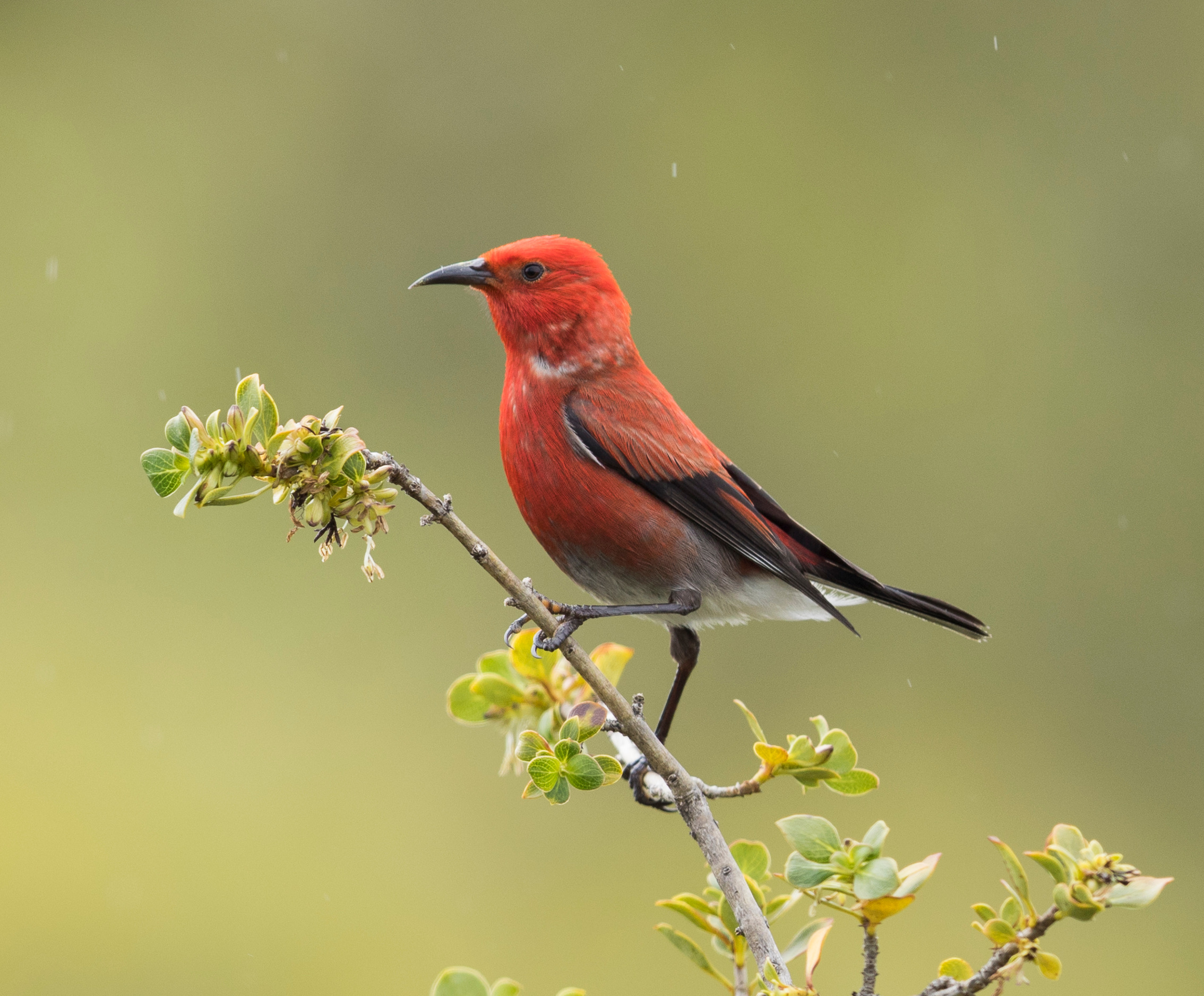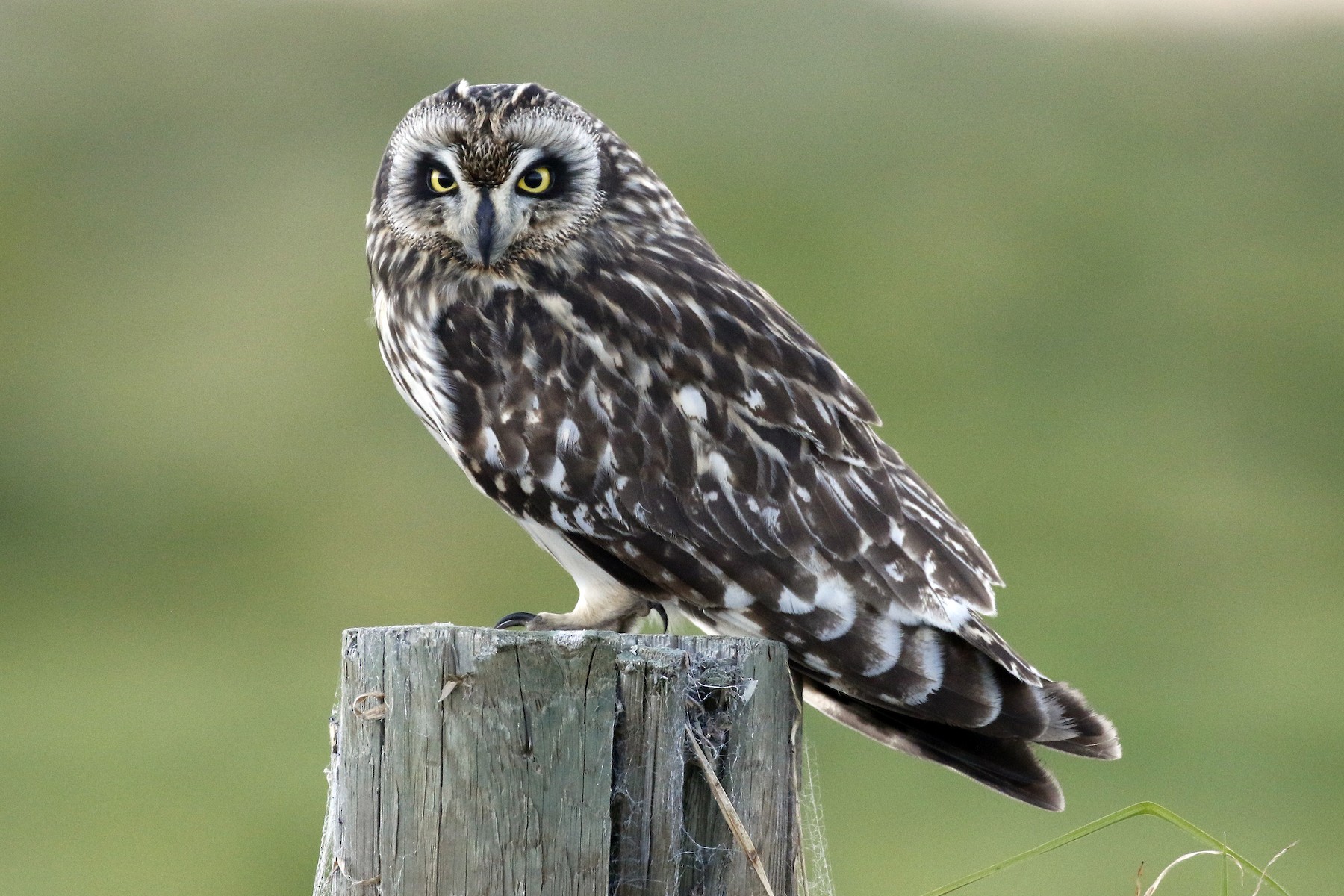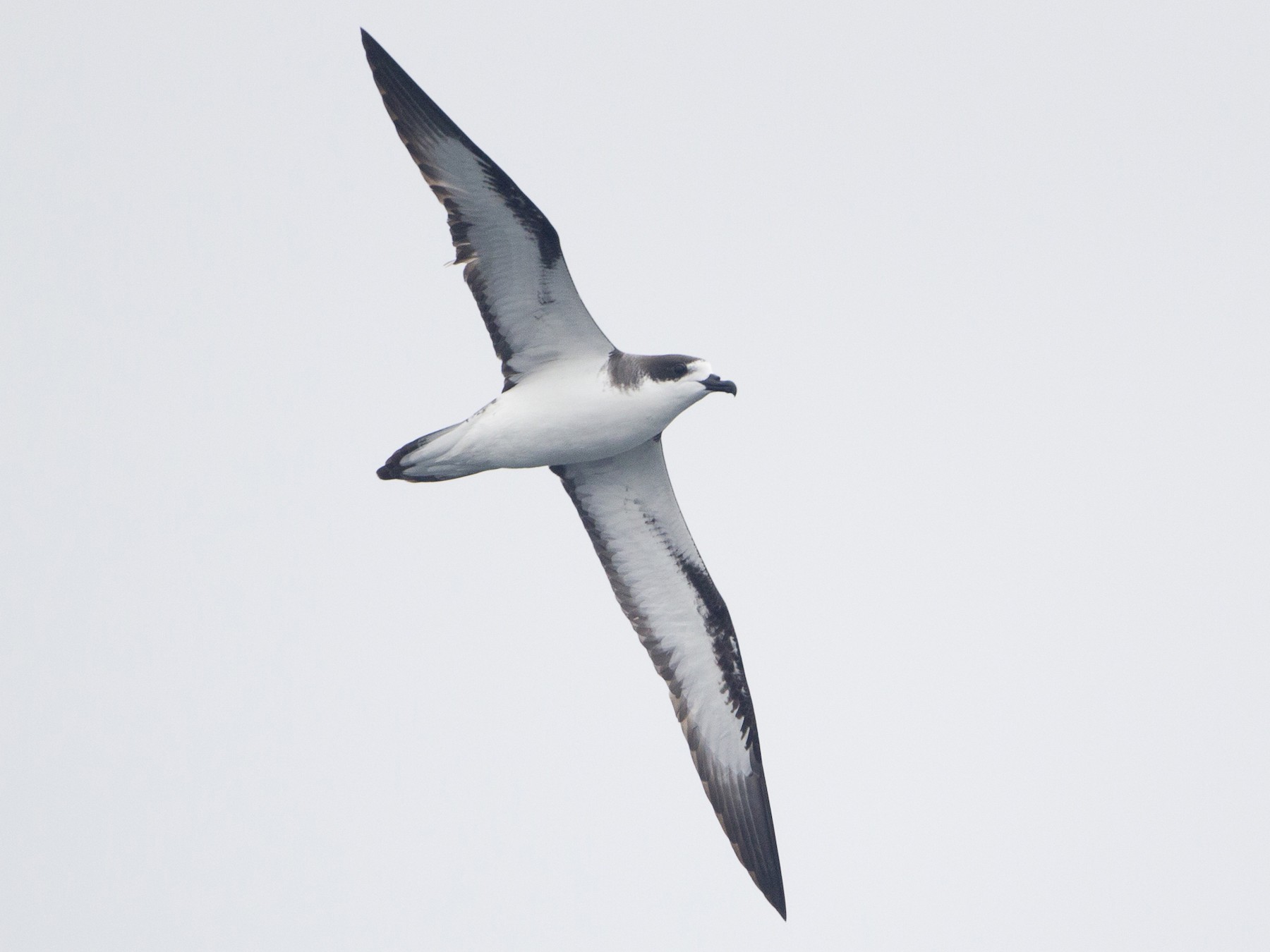Mauna Kea is the tallest mountain in Hawaii, standing at an impressive 13,803 feet above sea level. This dormant volcano is not only a sacred place in Hawaiian culture, but it is also home to a variety of unique animals.
In this article, we will discover four of the animals that lurk atop Hawaii’s tallest mountain. From native birds to endangered bats, Mauna Kea is a haven for wildlife enthusiasts and nature lovers alike. So, let’s dive into the fascinating world of Mauna Kea’s animal kingdom.
You are reading: Discover 4 Animals That Lurk Atop Hawaii’s Tallest Mountain

4 Animals That Lurk Atop Hawaii’s Tallest Mountain
Pueo (Hawaiian Short-eared Owl)

The Pueo, or Hawaiian Short-eared Owl, is an endemic subspecies of the migratory short-eared owl. It is a native bird of Hawaii and can be found on each of the main Hawaiian Islands.
The pueo is a medium-sized owl, about 15 inches tall, with brown and beige feathers and dark brown streaks. It has piercing yellow eyes and is known for its majestic appearance.
The pueo is listed as endangered and is increasingly rare. On the slopes of Mauna Kea, the pueo can be found on the upper east slope.
It is important to note that the pueo is a sacred animal in Hawaiian culture, and it is believed to be an ‘aumakua, or ancestral spirit, that watches over families.
Hawaiian Hoary Bat
The Hawaiian hoary bat, also known as ʻōpeʻapeʻa, is a species of bat that is endemic to the Hawaiian Islands. It is the only remaining native land mammal in Hawaii and is listed as an endangered species.
Read more : Discover the Top 10 Prehistoric Swimming and Flying Reptiles
The Hawaiian hoary bat is closely related to the North American hoary bat, but it has a unique subspecies, Lasiurus semotus. The bat’s wingspan can grow to be about one foot wide, and it feeds on a variety of insects, including beetles, moths, and flies.
Contrary to popular belief, these bats do not often dwell in caves or the island’s many lava tubes. Instead, they roost in trees and leave at or around sunset to forage on insects.
The habitat distribution of the Hawaiian hoary bat is observed by detecting the frequency of the bat’s echolocation using acoustic detectors, as well as through bat netting and insect collection to track foraging data. The Hawaiian hoary bat is located on all the Hawaiian Islands, but it does not breed on Niihau and Kahoolawe.
‘Apapane
The ʻApapane is a small, crimson species of Hawaiian honeycreeper that is endemic to the Hawaiian Islands. It is the most abundant and widely distributed honeycreeper and can be found on the islands of Hawaiʻi, Maui, Lānaʻi, Kauaʻi, Molokaʻi, and Oʻahu.
The ʻApapane is often seen in a tail-up posture, showing off its white feathers, and is an active singer, including in flight. The bird has a considerable variation in its calls and songs, but phrases are often repeated.
The ʻApapane is primarily nectarivorous, feeding on nectar from flowers such as the ʻōhiʻa tree, which it is an important pollinator of. However, it also consumes a variety of insects, including hoppers, lacewing larvae, and spiders.
The breeding season of the ʻApapane lasts from February to June, and females lay 2 to 4 eggs. The species is considered of least concern, but it is threatened by introduced predators and loss of native forest to introduced livestock, agriculture, and development.
Hawaiian Petrel

The Hawaiian Petrel, or ʻuaʻu, is a large, dark grey-brown and white petrel that is endemic to Hawaii. Here are some interesting facts about the Hawaiian Petrel:
Read more : Discover The Top 4 Largest And Most Dangerous Snakes In Michigan
– Distribution: The Hawaiian Petrel was formerly found on all the main Hawaiian Islands except Niʻihau, but today it is mostly restricted to Haleakalā crater on Maui, smaller populations exist on Mauna Loa on the island of Hawaiʻi, Waimea Canyon on the island of Kauaʻi, Lānaʻihale on Lānaʻi, and possibly Molokaʻi.
– Appearance: The Hawaiian Petrel is a large, long-winged petrel that appears mostly dark above and white below. The forehead is white, and the underwings have a broad black diagonal bar.
– Diet: The Hawaiian Petrel’s diet consists of 50–75% squid, and smaller percentages of fish and crustaceans.
– Breeding: The Hawaiian Petrel is an endangered species, and the greatest threats to the petrel are feral cats, small Asian mongooses, and rats, all of which feed on the helpless chicks when they are inside their burrows. The bird’s breeding season lasts from February to June, and it lays only one egg per year.
– Conservation: The Hawaiian Petrel is threatened by the introduction of non-native predators such as rats and cats to its nesting islands. The birds are also attracted to artificial lights, which puts them at risk of collision with power lines, guy wires, and other man-made structures. Conservation efforts are being made to secure predator-free breeding habitat for the Hawaiian Petrel and other seabirds on high islands in Hawaii.
The Hawaiian Petrel is a fascinating bird that is an important part of Hawaii’s ecosystem.
FAQS
1. What is the tallest mountain in Hawaii?
The tallest mountain in Hawaii is Mauna Kea, which stands at 13,803 feet above sea level.
2. What kind of animals can be found on Mauna Kea?
Mauna Kea is home to a variety of unique animals, including the Pueo (Hawaiian Short-eared Owl), Hawaiian Hoary Bat, ʻApapane, and Hawaiian Petrel.
3. Are these animals endangered?
Yes, some of the animals that can be found on Mauna Kea are endangered, including the Pueo and Hawaiian Petrel.
4. Why is it important to be respectful of the environment and animals on Mauna Kea?
Mauna Kea is a sacred place in Hawaiian culture, and it is important to be respectful of the environment and the animals that live there. Additionally, some of the animals that can be found on Mauna Kea are endangered, and it is important to protect their habitats and ensure their survival.
Source: https://petstutorial.com
Category: Animals










